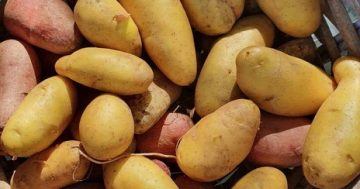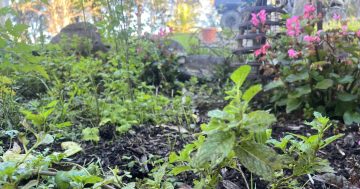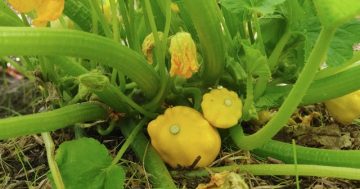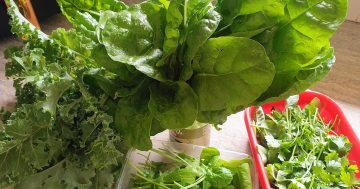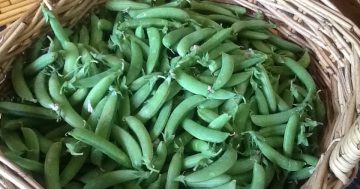
Brassicas – including kale – grow well throughout winter, so now is a great time to get planting. Photo: Supplied.
The key to growing organic vegetables all year, even in the harshest winter, is planting the right vegetables at the right time, in the right form and with the right plant friends.
This can be trickier than it might seem. Take planting, for example.
At the end of autumn, anything planted as seed in our cool/cold climate region will have trouble germinating except for those classic cold weather seed-planted veggies such as parsnips, turnips, carrots, radish and of course garlic.
These root vegetables are always planted as seeds directly where they are to grow. Root vegetables grow a long tap root, ultimately forming the edible part of the vegetable.
This tap root, if damaged, will prevent the proper growth of the vegetable. They’re very easily damaged when trying to transplant. Always plant these vegetables as seeds rather than seedlings.
These can still be planted in autumn before soil temperatures start to really cool. Planted now, these veggies will be ready for eating in mid to late winter and are great for soups and stews.

Keeping the vegetable garden thriving during winter is possible with planning. Photo: Supplied.
In our cold climate, all other veggies are now best planted as seedlings. All the brassicas; cauliflower, cabbage, broccoli, sprouting broccoli and kale can all be planted now as seedlings.
Seedlings reduce the growing time by six to eight weeks. As soil temperatures drop along with daily temperatures, reducing growing time can be a significant advantage. Using seedlings also reduces the time needed in the ground for the vegetables to reach maturity.
Seeds versus seedlings is always a challenging issue for growers. Many of us want to grow from seeds we have saved ourselves and resist the purchase of seedlings. Growing your own seedlings is a viable option if you have the time and resources to do so.
Purchase seedlings when the season is cool and growth slow, and grow your own seedlings when the weather is warmer and the process is easier. Planting seedlings at this time of year means that you will have vegetables to eat in late winter and early spring.
The longer the time spent in the ground by any vegetable the less available space there is for other things. Often in a small garden where space is scarce, slow growing winter veggies that also grow quite large are often planted at the expense of other short growing vegetables such as lettuce or Asian greens.
But with some creative planting strategies, we can minimise the loss of growing opportunity. Leeks for example, because they are tall and thin, occupy very little garden space and planted as seedlings shorten the time spent from planting to eating.
Try planting leek seedlings between larger space-hungry, slow-growing vegetables such as cabbages and broccolini. Since these vegetables are companions, both will benefit.
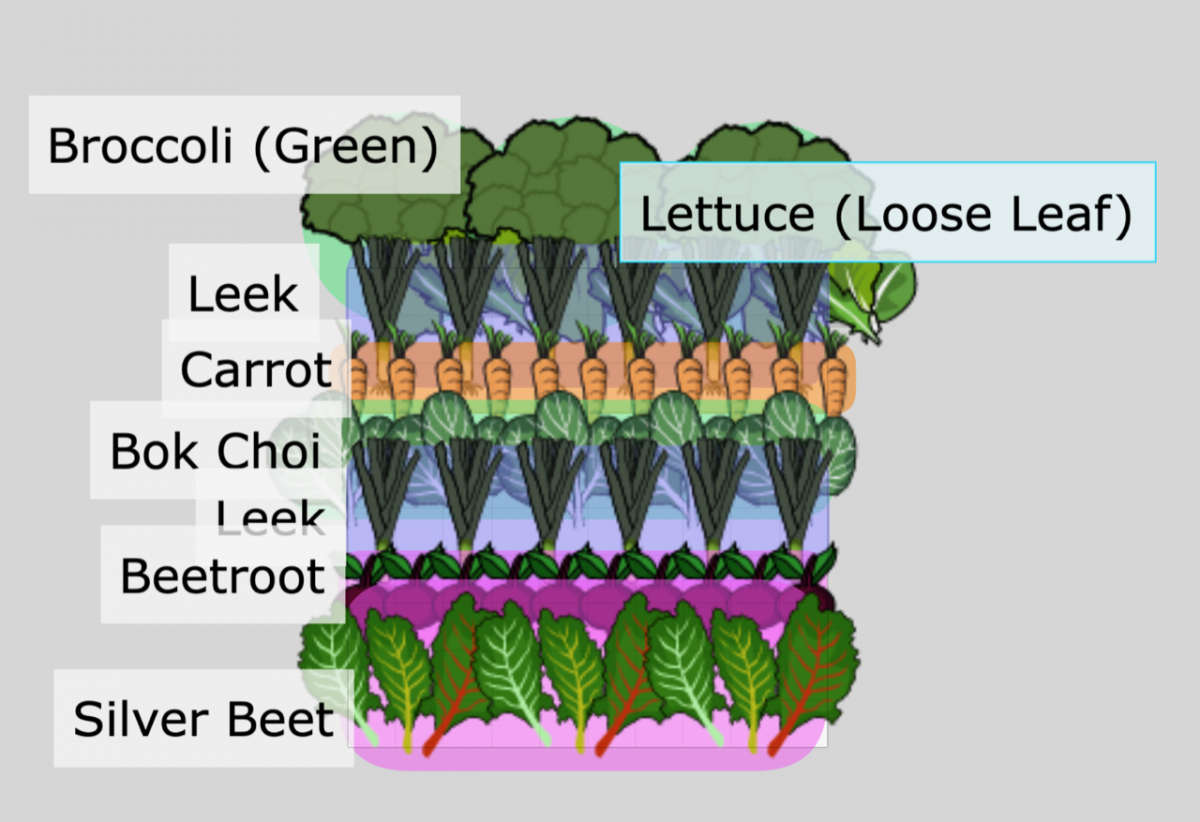
Interplanting makes the best use of limited space in the vegetable garden – here’s an idea of how it can be done. Image: Supplied.
Polycultures, based on companion planting, have been around for centuries and more recently used in permaculture under the principle of integrate rather than segregate. Ancient examples of companion planting and polycultures include the three sisters: squash, maize and beans.
There are many purported benefits of companion planting and polycultures: confusing pests, attracting pest predators for damaging insects such as aphids, conserving resources, encouraging bees to pollinate (through biodiversity), and most importantly, enriching soil microbiology to help make it easier for plants to take up nutrients.
In permaculture, these benefits are referred to as synergies and there are an increasing number of studies that show improved soil microbiology and soil/plant chemistry outcomes. Hort Innovation is an excellent source of research on this subject.
Recent work on polycultures of vegetables and beneficial flower plantings such as sweet alyssum, cornflower or grains such as buckwheat have shown that these increase beneficial insects that prey on pests and can substantially reduce pest loads and hence damage to vegetable crops.
Polycultures have also further evolved to take advantage of growing habits and life spans of plants (among other variables) that indicate they can be planted together in such a way that both vertical and horizontal space is utilised in every growing space.
As commercial organic market gardeners we used bio-intensivepolyculture, which we adapted for our cool/cold climate region, to produce a tremendous variety of vegetables on-stall even in the dead of winter. A square metre planting, for example, yielded up to seven different vegetables.
Planted together and harvest in succession, this group can be cooked or eaten raw. Welcome to the wonderful world of polycultures!
Bronwyn Richards and Helen Lynch run Wynlen House Artisan Village Farm and Learning Centre, a small village organic market garden in Braidwood, NSW. Since 2006 they have grown and sold fresh vegetables, eggs, preserves and garlic and teach others to do the same.
Original Article published by Bronwyn Richards on Riotact.







